Supreme Court Will Decide on Legal Standard for 10(j) Injunctions
When an employer commits a serious unfair labor practice (“ULP”), the General Counsel of the NLRB has the authority to petition a federal court for immediate injunctive relief—known as “10(j).” For example, if an employer fired key Union supporters in the middle of an organizing campaign—like Starbucks has been accused of doing on multiple occasions—the General Counsel can ask a court to reinstate those workers while the NLRB’s months-long (or years-long) administrative process plays out.
The authority to seek court relief at this early stage comes from Section 10(j) of the National Labor Relations Act. Section 10(j) is a crucial tool. Without it, employers would be even more empowered to engage in all sorts of illegal conduct when faced with an organizing campaign, because they would not face any potential consequences until way into the future, when an NLRB administrative law judge finally issues a ruling. By that time, it is all too possible that the workers’ motivation to form a Union has evaporated.
What types of ULPs are serious enough to justify injunctive relief under Section 10(j)? How much evidence is necessary to obtain an injunction? Historically, these questions have been answered by the courts themselves, but not every court uses the same standard. On January 12, 2024, in response to a push from serial labor law violator Starbucks, the U.S. Supreme Court announced that it will resolve what it sees as a “split” among the federal courts on this issue in an upcoming decision later this year.
As it currently stands, some courts—including those in California—use a stricter test that makes it more difficult for the NLRB to obtain injunctions, while other courts use a more lenient test. There is debate over whether any meaningful difference exists between these standards (the NLRB argues there is not). What is clear, however, is that this case presents another opportunity for a notoriously anti-worker and anti-Union Supreme Court to weigh in on a key area of labor law, and potentially put its own stamp on the 10(j) process. Given the importance of Section 10(j) as a tool to deter employers from illegally crushing organizing campaigns, we will be keeping a close eye on this case and will provide an update as soon as a decision issues.
If you have any questions about 10(j) relief and the possible impacts that may follow from this decision, please contact your usual labor law counsel.
